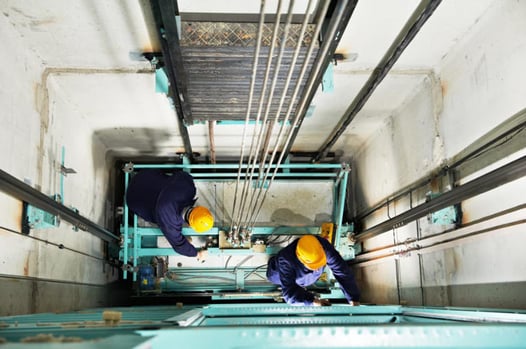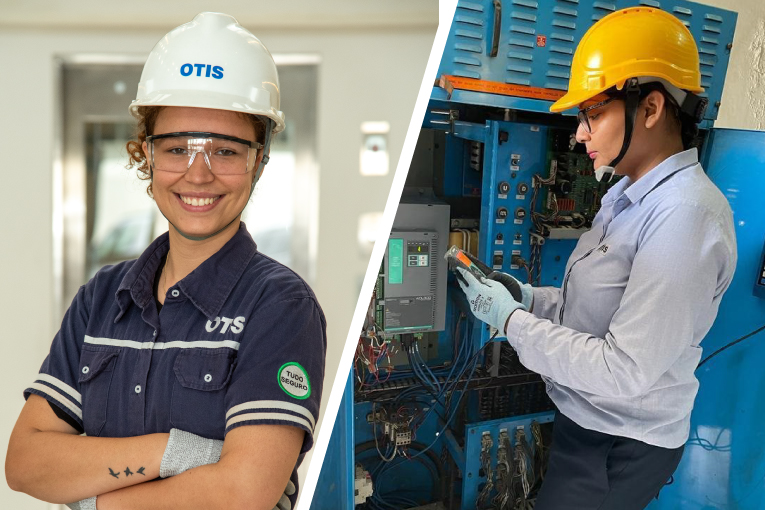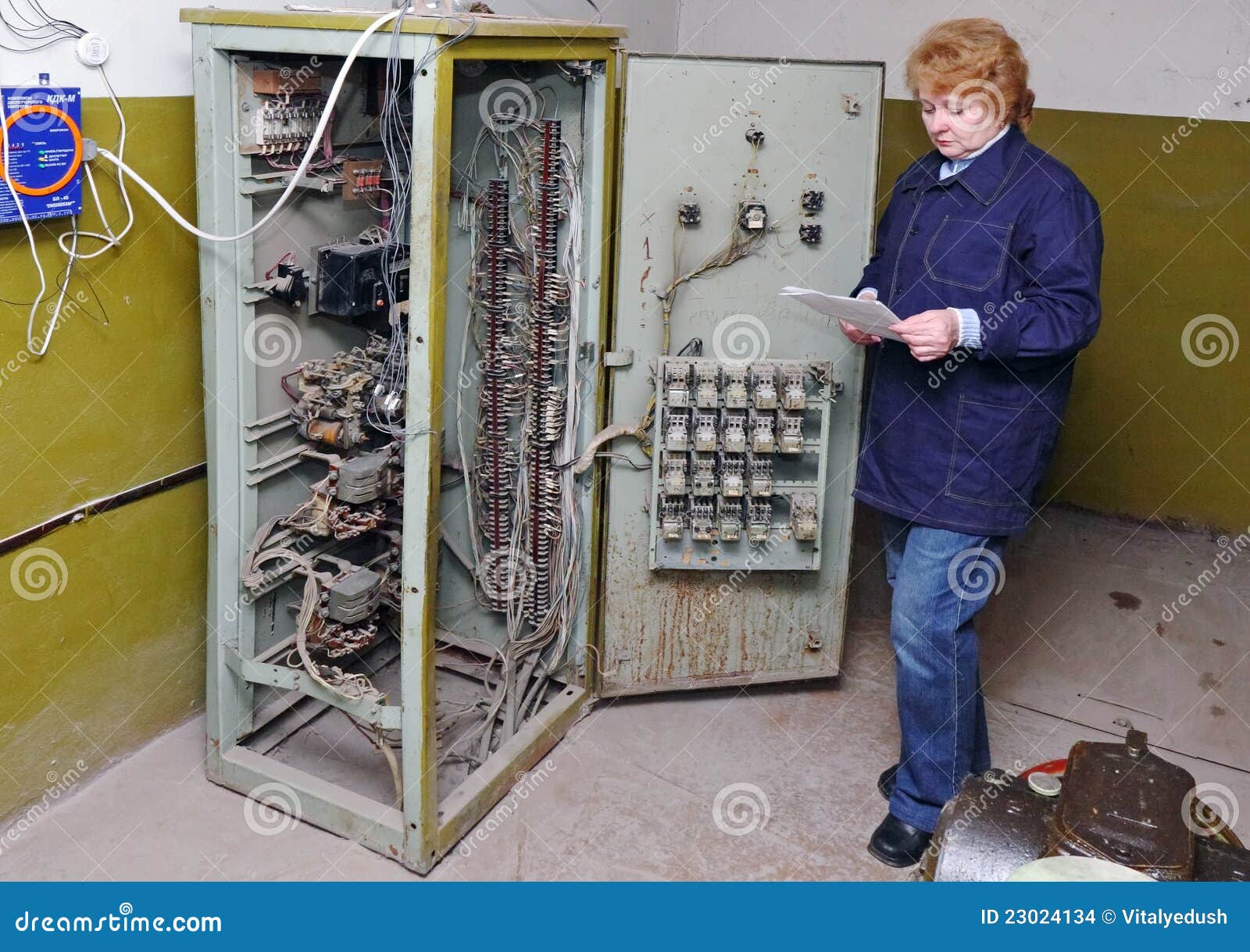Professional Lift and Engineering Services Tailored to Your Demands
Professional Lift and Engineering Services Tailored to Your Demands
Blog Article
Exploring the Comprehensive Steps Needed for Lift Maintenance
In the world of building upkeep, making certain the proper functioning and safety and security of lifts is vital. The complexity of lift systems calls for a meticulous strategy to upkeep. From routine examinations to critical innovation plans, an all natural sight of maintenance is important. In the ever-evolving landscape of lift modern technology and safety criteria, there are comprehensive actions that should be diligently followed to ensure optimum efficiency and compliance. By addressing key facets such as aggressive upkeep schedules, security checks, and emergency preparedness, a comprehensive understanding of the intricacies included in lift maintenance can cause improved performance and safety.
Normal Examinations
When it comes to making certain the longevity and security of your lift system, routine evaluations are paramount. These routine checks play a critical role in recognizing any prospective problems before they intensify into major problems, ensuring the smooth and risk-free operation of the lift. By performing routine examinations, upkeep teams can proactively deal with wear and tear, defective elements, or any kind of other concerns that might jeopardize the lift's performance or security.
Throughout these assessments, educated experts completely check out various elements of the lift system, consisting of mechanical components, electrical systems, safety and security features, and general architectural integrity. By spotting and resolving problems early on, these inspections help stop expensive repair services, downtime, or security risks, ultimately expanding the lifespan of the lift system and making sure the health of its customers.
Proactive Maintenance Schedules
Implementing positive upkeep timetables is crucial for taking full advantage of the performance and longevity of lift systems. By adhering to an aggressive maintenance method, lift owners can address prospective concerns prior to they intensify right into significant problems, inevitably reducing downtime and expensive fixings.
A well-structured proactive upkeep schedule need to outline specific tasks, frequencies, and accountable personnel. It is vital to adhere to producer recommendations and market standards when developing these routines to make certain the lift operates securely and successfully. In addition, recording maintenance tasks and maintaining in-depth documents can offer useful understandings into the lift's performance in time, aiding in determining fads and making informed upkeep choices.

Safety Compliance Checks
Guaranteeing security conformity via detailed checks is critical in keeping lift systems' dependability and guarding user health. Safety conformity checks entail an extensive assessment of numerous elements, including electric systems, mechanical parts, emergency brakes, doors, and other essential safety and security functions. These checks are necessary to determine any prospective threats or breakdowns that could compromise the lift's procedure and placed customers in danger.
Routine safety conformity checks must be carried out by qualified service technicians in adherence to industry laws and standards. These checks aid in detecting problems at an early stage, permitting prompt fixings and preventive maintenance actions to be executed. In addition, maintaining detailed records of security compliance checks is crucial for tracking the lift system's efficiency with time and showing conformity with safety guidelines.
Equipment Upgrades and Modernization
Enhancing lift systems via tools upgrades and modernization is crucial for improving effectiveness and safety requirements in upright transport. As modern technology advancements, older lift systems may become out-of-date, leading to decreased dependability and potential safety threats. By buying tools upgrades and modernization, building proprietors can make sure that their lifts satisfy present sector requirements and policies.

Along with functional advantages, equipment upgrades and modernization jobs can additionally enhance the aesthetics of the lift, providing a much more appealing and modern experience for guests. Ultimately, purchasing lift upgrades and innovation is a positive method towards guaranteeing the longevity, security, and efficiency of upright transportation systems.
Emergency Situation Preparedness Preparation
An efficient emergency situation preparedness plan is important for guaranteeing the safety and swift action in situation of unexpected visit this page events including lift systems. Emergency situation preparedness planning for lift systems involves a methodical technique to alleviate dangers, ensure passenger security, and lessen downtime throughout emergencies.
Trick parts of an emergency readiness prepare for lifts include clear interaction protocols, normal training for lift drivers on emergency situation treatments, and routine drills to examine the performance of the plan. lift maintenance. In addition, the strategy ought to describe particular roles and duties for all stakeholders entailed, consisting of building administration, maintenance workers, and emergency -responders
In the event of a lift breakdown or entrapment, having a distinct emergency strategy can assist in coordinating a punctual and efficient reaction to ensure the security and health of passengers. Timely interaction, accessibility to emergency equipment such as communication tools and emergency situation lights, and knowledge of emptying treatments are important aspects of an extensive emergency situation readiness strategy for lift systems. By focusing on emergency situation readiness planning, building managers can boost the total security and integrity of their lift systems.
Final Thought
In conclusion, the comprehensive steps needed for lift maintenance consist of routine inspections, positive maintenance timetables, security conformity checks, equipment upgrades and innovation, and emergency situation preparedness planning. These steps are important for making sure the safety and security, dependability, and effectiveness of lifts in various setups. By executing these measures, lift owners can decrease the risk of mishaps, extend the lifespan of their click now equipment, and abide by industry laws.

Throughout these assessments, trained professionals extensively take a look at different aspects of the lift system, including mechanical components, electric systems, safety functions, and overall architectural integrity.Guaranteeing safety and security compliance with complete checks is critical go to this website in keeping lift systems' reliability and safeguarding user health. Keeping detailed records of safety conformity checks is important for tracking the lift system's efficiency over time and showing conformity with security guidelines.
By focusing on emergency situation preparedness preparation, building supervisors can enhance the total safety and security and integrity of their lift systems.
Report this page